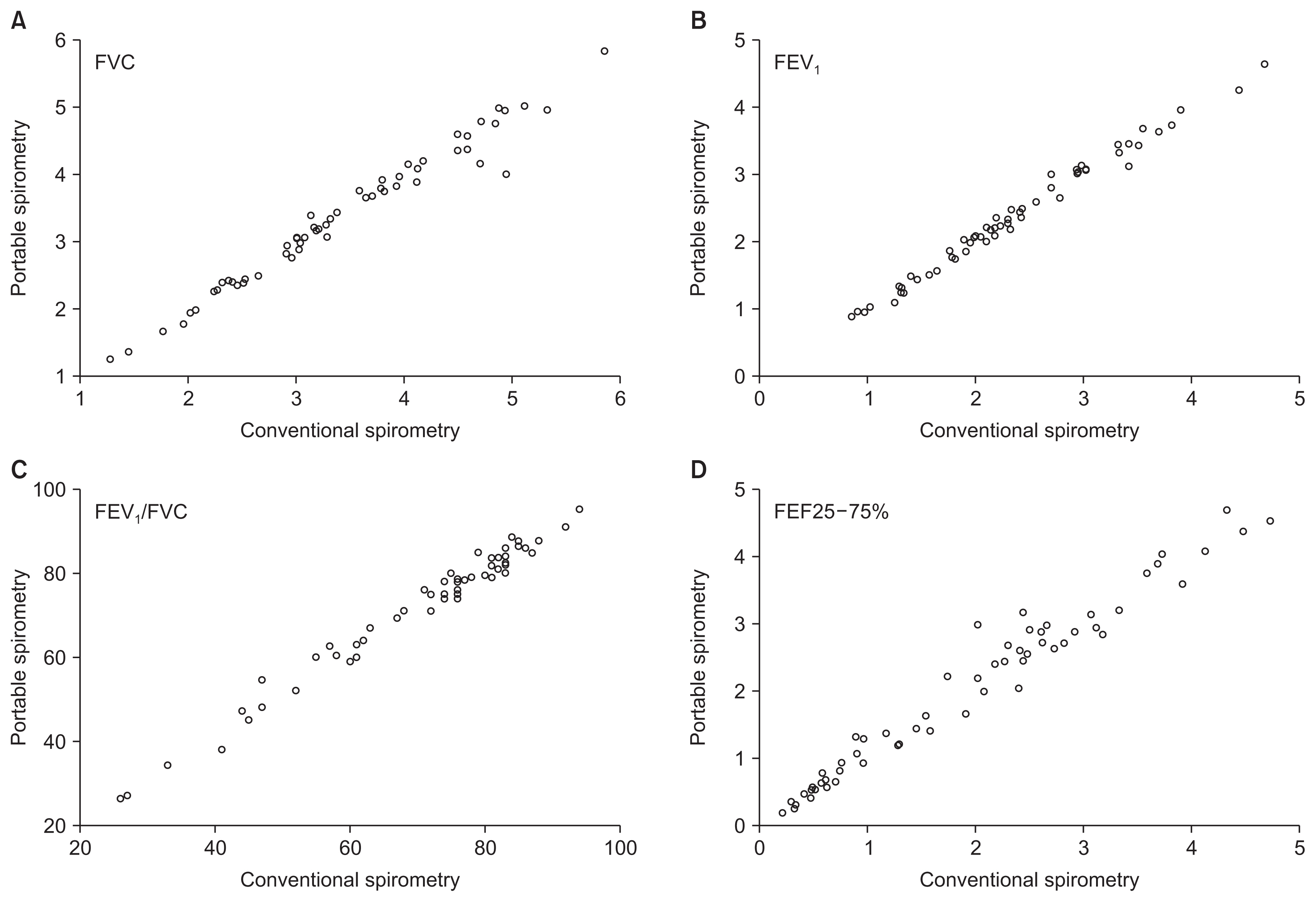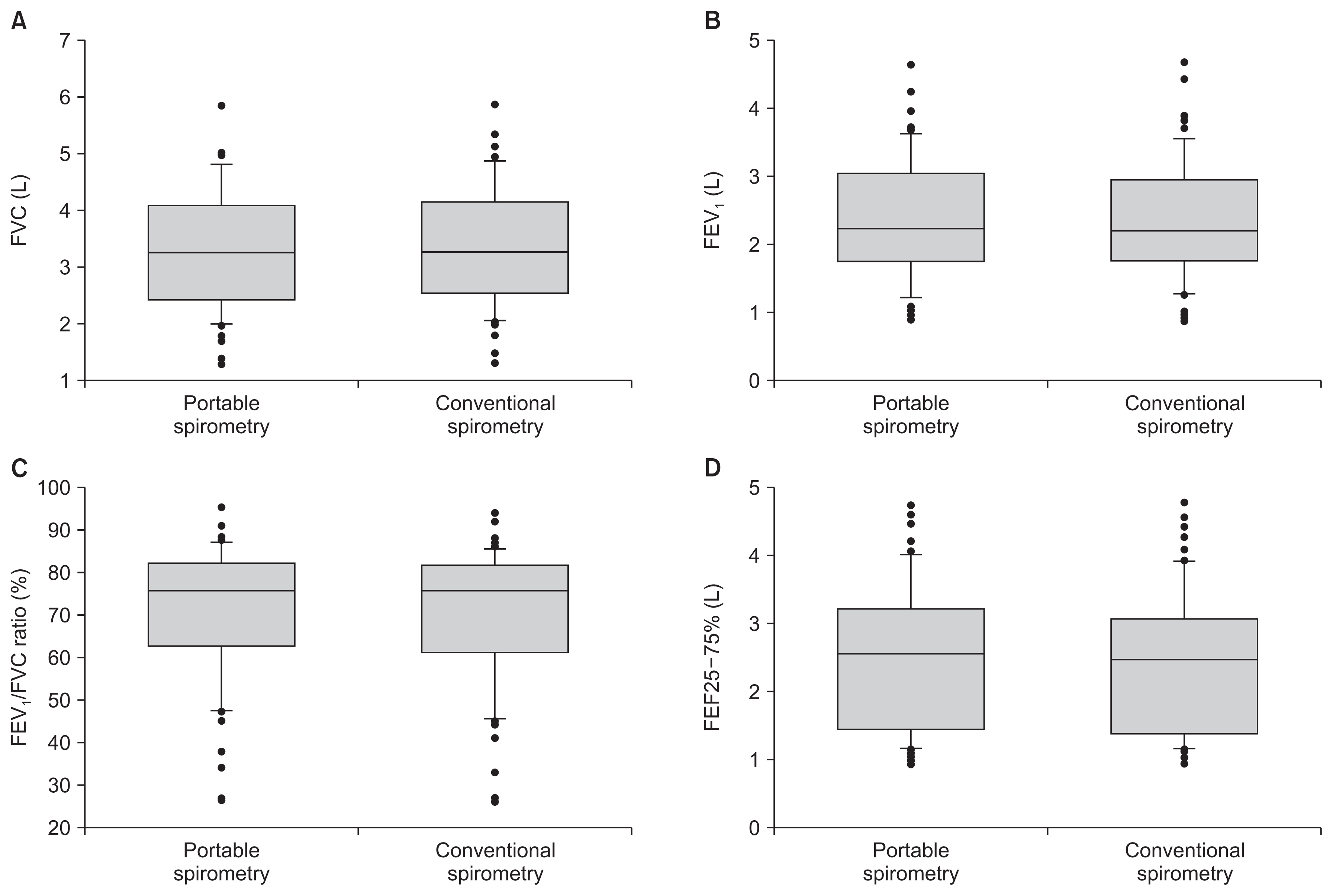2. Han H, Oh EY, Lee JH, Park JW, Park HJ. Effects of particulate matter 10 inhalation on lung tissue RNA expression in a murine model. Tuberc Respir Dis 2021;84:55-66.

3. Kim SY, Kim E, Kim WJ. Health effects of ozone on respiratory diseases. Tuberc Respir Dis 2020;83(Suppl 1):S6-11.

4. Jirjees FJ, Dallal Bashi YH, Al-Obaidi HJ. COVID-19 death and BCG vaccination programs worldwide. Tuberc Respir Dis 2021;84:13-21.

5. Kwon DS, Kim TH, Byun MK, Kim HJ, Lee HS, Park HJ, et al. Positive effects of the national cigarette price increase policy on smoking cessation in South Korea. Tuberc Respir Dis 2020;83:71-80.

6. Park YS, Park S, Lee CH. The attributable risk of smoking on all-cause mortality in Korean: a study using KNHANES IV-VI (2007-2015) with mortality data. Tuberc Respir Dis 2020;83:268-75.

8. Yoo KH, Kim YS, Sheen SS, Park JH, Hwang YI, Kim SH, et al. Prevalence of chronic obstructive pulmonary disease in Korea: the fourth Korean National Health and Nutrition Examination Survey, 2008. Respirology 2011;16:659-65.


10. Izbicki G, Abboud S, Jordan P, Perruchoud AP, Bolliger CT. A comparison of a new transtelephonic portable spirometer with a laboratory spirometer. Eur Respir J 1999;14:209-13.


11. Liistro G, Vanwelde C, Vincken W, Vandevoorde J, Verleden G, Buffels J, et al. Technical and functional assessment of 10 office spirometers: a multicenter comparative study. Chest 2006;130:657-65.


12. Park YB, Rhee CK, Yoon HK, Oh YM, Lim SY, Lee JH, et al. Revised (2018) COPD clinical practice guideline of the Korean Academy of Tuberculosis and Respiratory Disease: a summary. Tuberc Respir Dis 2018;81:261-73.

13. Lee SH, Yeo Y, Kim TH, Lee HL, Lee JH, Park YB, et al. Korean guidelines for diagnosis and management of interstitial lung diseases: part 2. idiopathic pulmonary fibrosis. Tuberc Respir Dis 2019;82:102-17.

14. Miller MR, Hankinson J, Brusasco V, Burgos F, Casaburi R, Coates A, et al. Standardisation of spirometry. Eur Respir J 2005;26:319-38.


15. Aaron SD, Tan WC, Bourbeau J, Sin DD, Loves RH, MacNeil J, et al. Diagnostic instability and reversals of chronic obstructive pulmonary disease diagnosis in individuals with mild to moderate airflow obstruction. Am J Respir Crit Care Med 2017;196:306-14.


17. Singh D, Agusti A, Anzueto A, Barnes PJ, Bourbeau J, Celli BR, et al. Global strategy for the diagnosis, management, and prevention of chronic obstructive lung disease: the GOLD science committee report 2019. Eur Respir J 2019;53:1900164.


19. Kupczyk M, Hofman A, Koltowski L, Kuna P, Lukaszyk M, Buczylko K, et al. Home self-monitoring in patients with asthma using a mobile spirometry system. J Asthma 2021;58:505-11.


20. Yang SY, Kim YH, Byun MK, Kim HJ, Ahn CM, Kim SH, et al. Repeated measurement of fractional exhaled nitric oxide is not essential for asthma screening. J Investig Allergol Clin Immunol 2018;28:98-105.












 PDF Links
PDF Links PubReader
PubReader ePub Link
ePub Link Full text via DOI
Full text via DOI Print
Print Download Citation
Download Citation



